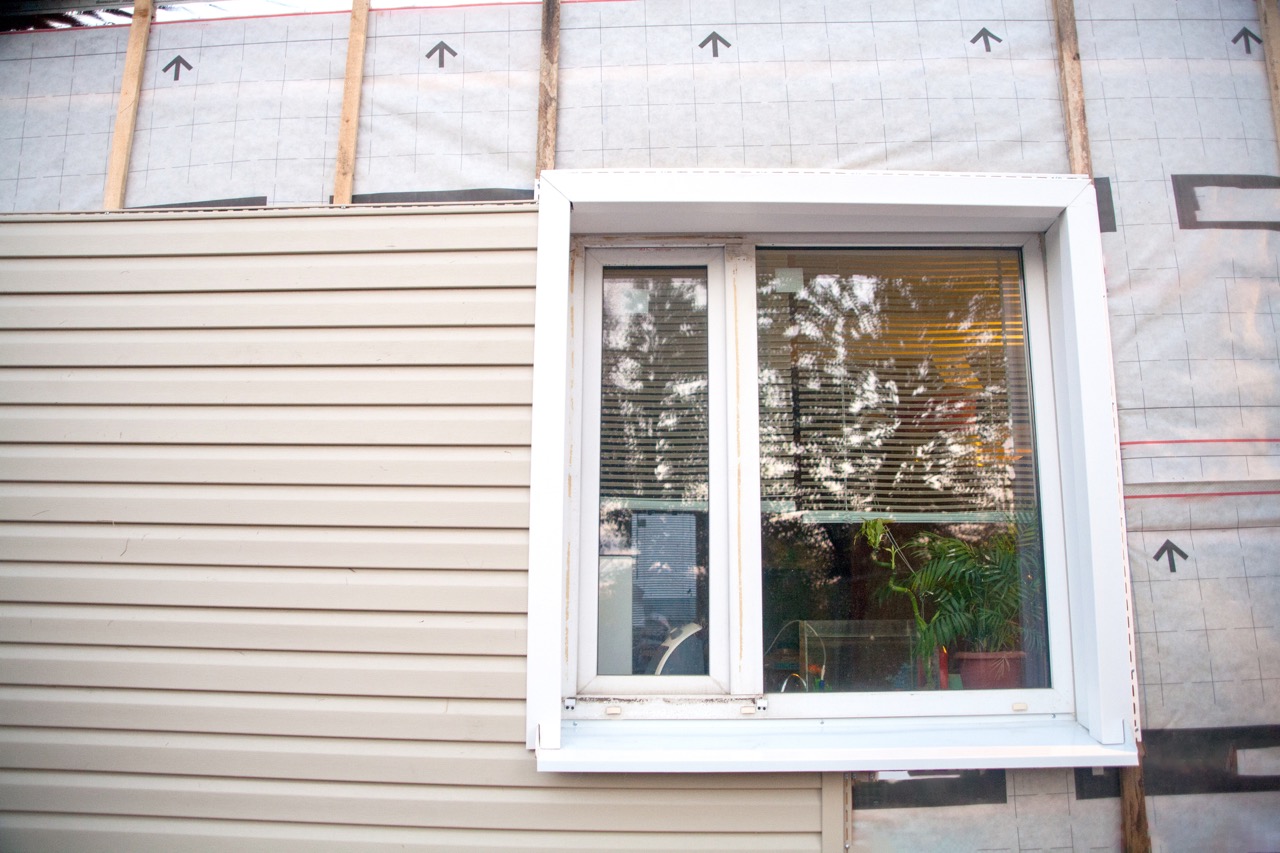As the world faces an ever-increasing threat from climate change, homeowners are becoming more conscious of the need for energy efficiency when renovating or upgrading their homes. Selecting the right type of siding is a crucial step in this process, as it can significantly impact the insulation and overall energy conservation of a home. Different siding options such as fiber cement siding, composite sidings, wood siding, or insulated vinyl siding come with distinct advantages and performance characteristics.
The ideal choice will not only improve the home’s curb appeal but can also contribute to substantial savings on utility bills by reducing energy costs. A well-insulated home is less susceptible to temperature fluctuations from extreme weather, thereby improving energy efficiency and helping to mitigate the impacts of climate change. Choosing the most energy-efficient siding material, therefore, is not just an environmentally responsible decision, but also a financially smart one.
Energy-Efficient Siding vs Traditional Siding: What’s the Difference?
When it comes to siding options, there are many different materials and types of siding to choose from. However, not all sidings are created equal when it comes to energy efficiency. In fact, some may even have a negative impact on your home’s energy savings. So, what siding is best for insulation? Let’s take a closer look at some of the most popular siding materials and see how they compare in terms of energy efficiency.
Fiber Cement Siding
Fiber cement siding is made of a mixture of wood fibers, sand, and cement. It is known for its durability and low maintenance requirements. However, when it comes to energy efficiency, fiber cement siding falls short. Since it is primarily made of cement which has low insulating properties, it does not provide much insulation for your home.
Wood Siding
Wood siding has a classic, timeless look that adds charm and character to any home. However, similar to fiber cement siding, it is not the most energy-efficient choice. While wood does have some insulating properties, it can also be prone to rotting and warping over time, which can decrease its insulation effectiveness. Additionally, wood siding requires regular maintenance and painting to retain its insulating qualities.
Insulated Vinyl Siding
Vinyl siding has long been a popular choice for homeowners due to its affordability and low maintenance requirements. However traditional vinyl siding lacks insulation and can contribute to energy loss in the home. That’s where insulated vinyl siding comes in. This type of vinyl siding is made with a layer of rigid foam insulation attached to the back, providing an extra layer of protection against heat transfer. Insulated vinyl siding can significantly improve energy efficiency and help reduce utility bills.
Steel Siding
Steel siding is known for its durability and resistance to extreme weather conditions. However, it is not typically considered an energy-efficient siding material. While some steel siding products may have a layer of insulation attached, it is generally not enough to make a significant impact on your home’s energy efficiency.
Which Siding is Best for Insulation?
While all of these siding options have their own benefits and drawbacks, when it comes to energy efficiency, insulated vinyl siding consistently ranks as one of the top choices. Its combination of low maintenance requirements, affordability, and high levels of insulation make it a popular choice among homeowners looking to improve their home’s energy efficiency.
What are R-values?
R-values are a measure of how well a material resists heat transfer. The higher the R-value, the better the insulation. When choosing an energy-efficient siding product, look for those with high R-values to ensure maximum energy savings.
Fiber Cement Siding R-value: 0.37 – 0.41
Wood Siding R-value: 0.81 – 1.25
Insulated Vinyl Siding R-value: 3.5 – 5
Steel Siding R-value: 0.61 – 2
As you can see, insulated vinyl siding has the highest R-value among these popular siding materials, making it the most energy-efficient option for your home.
James Hardie Siding
James Hardie siding, often referred to as Hardie Board is a fiber cement siding product known for its durability and aesthetic appeal. However, it is important to note that on its own, Hardie Board does not significantly increase your home’s energy efficiency. Unlike insulated vinyl siding, Hardie Board’s insulating properties are relatively low.
But don’t be disappointed just yet! The good news is that it is compatible with insulating sheathing products, such as Fanfold insulation. This type of insulation can be installed underneath the Hardie Board siding, effectively boosting the overall R-value of your siding system. So, while James Hardie siding might not be inherently energy efficient, coupling it with the right insulating materials can lead to commendable energy savings on your utility bill.
Final Words
When it comes to selecting the best siding for insulation, there are a few key factors to consider – durability, maintenance requirements, and of course, energy efficiency. While traditional siding materials like fiber cement and wood may have their own appeal, they fall short when it comes to providing significant insulation for your home.
On the other hand, insulated vinyl siding consistently ranks as one of the top choices for its high levels of insulation and overall cost savings on energy bills. So if you’re looking to improve your home’s energy efficiency and curb appeal at the same time, insulated vinyl siding is definitely worth considering!


